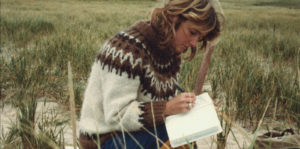
In Geographies of Solitude, director and cinematographer Jacquelyn Mills ventures on a breathtaking journey through Sable Island, a twenty-five-mile-long piece of land off the coast of Nova Scotia. Environmentalist and wildlife expert Zoe Lucas is the only inhabitant, having lived there for over 40 years. In hopes of appreciating and understanding the life that the island has given birth and sanctuary to, Lucas rigorously studies the island’s ecosystems.
Zoe Lucas is a unique subject for a documentary. She’s immersed in her work and dedication to a worthy cause. But viewers only get a glimpse into her personal life and feelings, which is a bit underwhelming. Nonetheless, she’s a likable, meticulous, and witty individual to observe as she trudges through the island’s terrain.
Behind the camera, Mills turns the island into a character. Viewers experience the distinctive features of Sable Island through Lucas. Narration is hardly ever needed, as the images communicate so much about the splendor and interaction of nature. When what’s on-screen fails to explain, Lucas is more than capable of providing background information about the structures and species. The director chimes in to ask the wildlife expert a question whenever it feels right due to her beautifully unfeigned filmmaking approach.
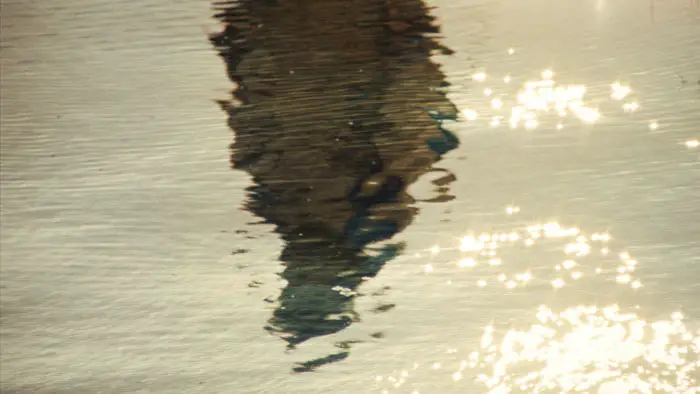
“…a breathtaking journey through Sable Island, a twenty-five-mile-long piece of land off the coast of Nova Scotia.”
Visually, Geographies of Solitude is completely arresting. Mills yields stunning shots of the landscapes, the fields of grass, and the shifting sand dunes. The species are captured by extreme close-ups, helping to define their characteristics. Early on, viewers are rewarded with a long shot of the raging sea and a prolonged close-up of horses eating grass. Through graceful camerawork, the filmmaker plays with stillness and movement to emanate the all-embracing tranquility and limitless freedom the island’s species have taken full advantage of. Here, everything lives in harmony. But a natural part of the cycle of life is death, and Lucas occasionally has to deal with a fallen animal. When a horse passes away, she preserves the remains to record the animal’s life history.
In addition to studying species, Lucas cleans up plastic and waste that has ended up on Sable Island, thus revealing the detrimental impact of capitalism. She has a collection of washed-up balloons plastered on her wall, probably as a decorative and darkly funny reminder of society’s shortcomings. More than once, Lucas makes a few quips, making her more personable.
Throughout, Mills inserts grainy, impressionistic animation, which feels intentionally at odds with the naturalistic shots. Furthermore, by recording the movements of the Sable Island Calosoma Beetle, she’s able to convert the electric currents into a musical pattern. While Geographies of Solitude is a veristic snapshot of the natural world, Mills utilizes artificial techniques to underscore a different way of perceiving and hearing nature.
Sable Island benefits from the presence of Zoe Lucas. Her determination to document and protect its life and beauty is commendable. Thanks to Jacquelyn Mills’ direction, Geographies of Solitude is a visually remarkable documentary that explores the natural world through the eyes of someone who sees the connectivity of all living things. If only the rest of the world cared as much as Lucas and Mills to preserve the natural world.
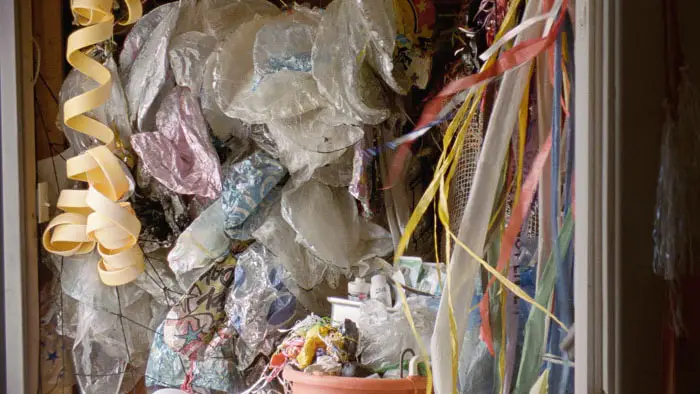
"…visually remarkable..."
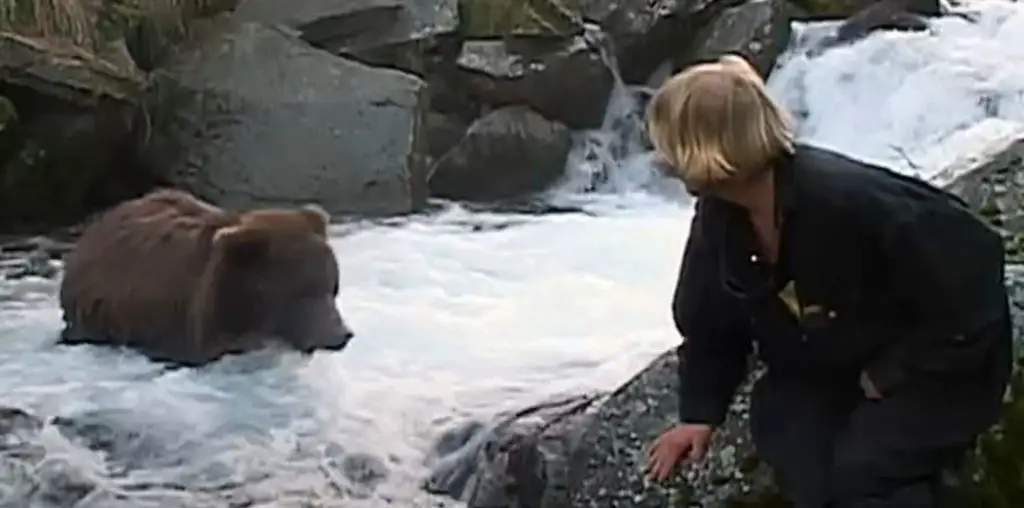
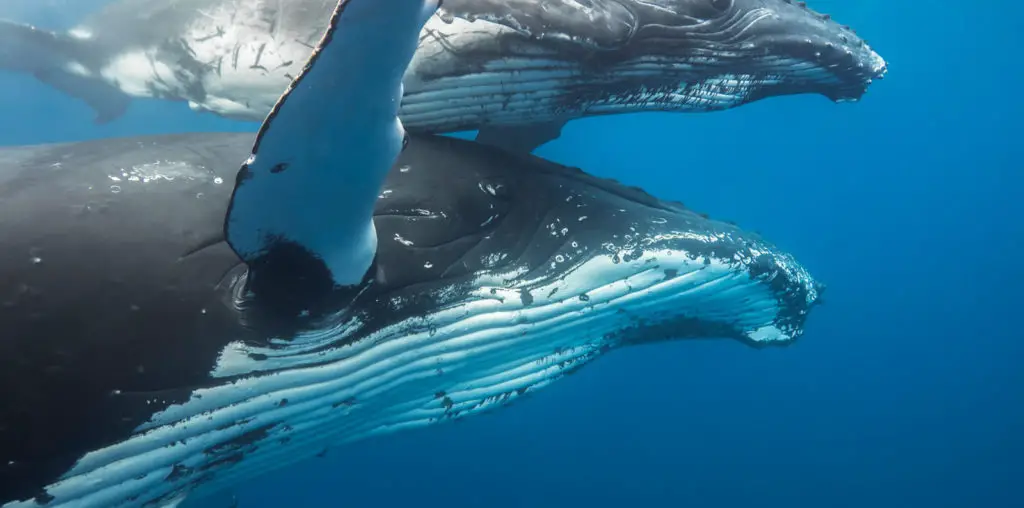
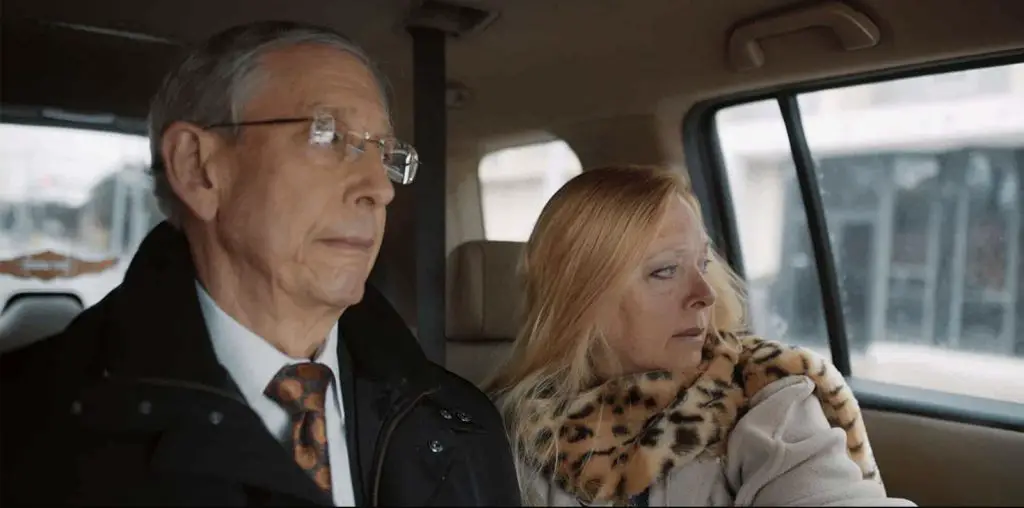
Sounds like a modern Sand County Almanac, published around 1970 and the birth of Earth Day.
The film sounds interesting, though dealing with dying animals might be tough, and cartoons interspersed seems like it wouldn’t fit. Maybe the documentarian didn’t have enough for a feature.